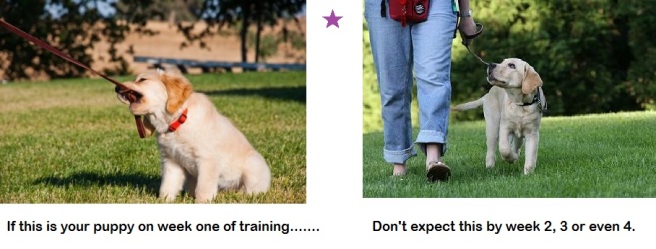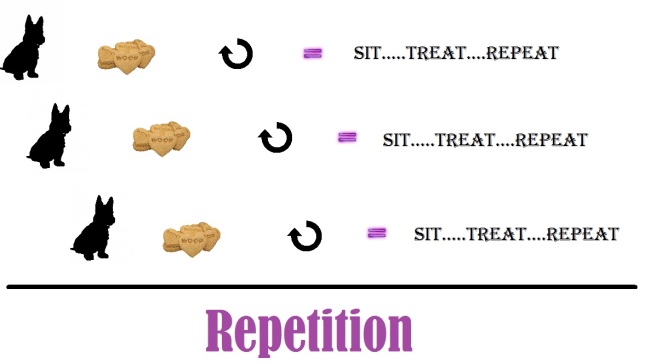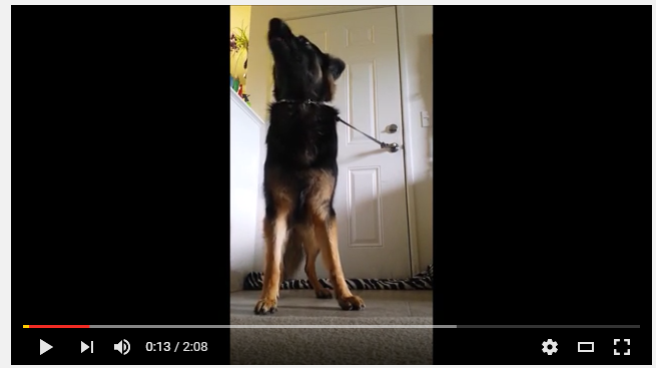What is resource guarding? Resource guarding is the behavior a dog chooses when he believes he needs to protect something of high value. This item can be the food bowl (empty or full), a favorite or new toy, a bone, a sock, his bed, your bed, etc. The list is endless because it is completely up to the dog to determine what he believes is considered “high value”. However, most commonly the behavior is seen over the following items: food, toys/bones, bed/crate, and a favorite person. This behavior can happen with any type of dog, any sex, any age, any size. Knowing the signs is very important so you can prevent the behavior from getting worse.
If you notice any of these signs, or believe your dog is starting to exhibit resource 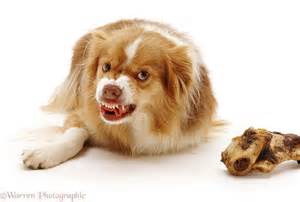 guarding behavior, you must address the behavior immediately.
guarding behavior, you must address the behavior immediately.
- Lowered head over the item of value
- Standing guard over the item of value
- Snarl or low growl when you come near the item or reach for it
- Complete stillness (aka freeze) when you come near the item or reach for it
- If pushed, or signs not read properly, the dog will snap at the hand reaching for item
The following outline is to help those who are experiencing the behavior with the food bowl specifically, although this method can easily be used on toys/bones. The outline below is what I share with my clients, and this one specifically was written for a couple who had a 4 month old Golden Retriever puppy, Wrangler, who was starting to growl when they walked by the food bowl.
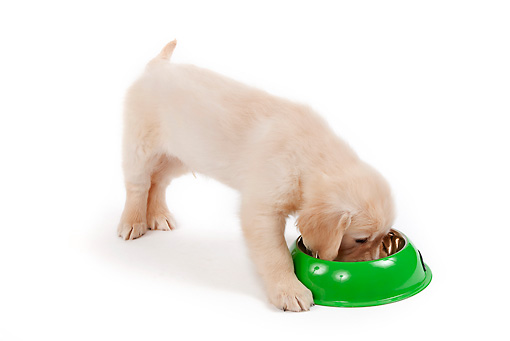
Dear Dave,
First, I would start by ignoring the growling he presents when you walk by the food bowl. If you show him now that that behavior does not keep you away, it will teach him not to continue the behavior. Instead, continue what you were doing (walking by him, stopping near him, etc.) and just talk to him in a normal voice. You can say something like, “Hey bud. Good breakfast huh?”, then simply walk away.
Second, I want you to purchase a really yummy treat that you will use solely for the next suggestions. These treats should be small to moderate size, and be the best thing Wrangler wants. My suggestion for healthy treats for a growing puppy is some type of food in a roll such as Natural Balance. These are full meals so they are low in calories and extra fillers Wrangler does not need right now, and they last a long time in your fridge.
How you use these treats are as follows:
- When you walk by him while he is eating, I want you to talk to him in a normal voice, telling him he’s doing a good job, and drop a treat or two into his bowl while he is eating. Don’t worry if they don’t land directly in his bowl, he’ll still get the picture. You will want to do this at least 5 times during each meal if possible. After doing this step for a few days, you will start to see him awaiting your approach because you bring something delicious. At that point, I want you to ask him to sit or look at you, then drop the treats in the bowl, and release him back to eating his meal. Do this step only once or twice during each meal as it can be very stressful so we don’t want to push Wrangler too much in the beginning. Continue this step for a week or two until you notice a difference in his behavior.
- The next step is to actually remove the food bowl while he is eating, and there are two ways to do this. The first is that you only put about 1/4 of his meal into the bowl and hang around while he eats. As soon as you see he is done with that portion, ask him to sit and pour the next 1/4 of food in with a small treat, and release him to eat after he has sat their patiently. Repeat these steps until you have given him the last 1/4 of his meal. As you do this each meal, you will slowly wean the treat size and frequency out of the picture so that he is simply listening for the reward of his food after doing a good behavior for you. The second step, which should only be started when the first step is going very smoothly, is to ask him to stop eating while food is still in the bowl. At this point you can ask him to sit, remove the bowl that still has food in it, place a huge yummy treat in it, replace the bowl and release him to eat.
If you follow these steps, in a gradual manner, you will see a huge difference in just a couple of weeks. The most important thing to remember during all this is not to be afraid of him. If he learns, or is suspicious that his growling behavior is working, he will continue to use it.
The most important thing to know regarding behavior modification for resource guarding, is that you always want to give the dog something in return for giving up their prized possession. For instance, in the above letter I have the client give Wrangler his food bowl 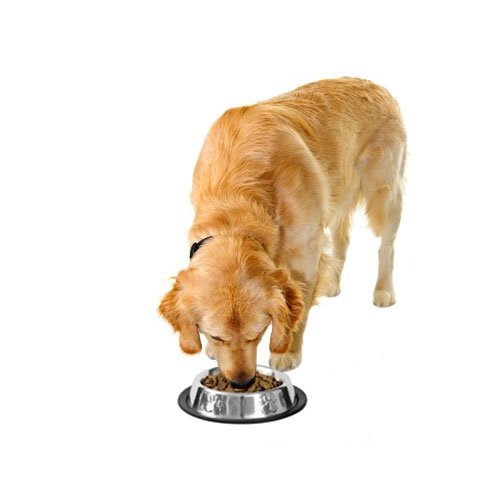 back along with a more delicious treat than just his kibble. If you are working with toy resource guarding, you will take the toy (nicely), then give your dog a really good treat and the toy back in the beginning. As the behavior is diminishing, you can start to work on taking the toy without giving anything in return immediately. After you have held onto the toy for a minute or two (or longer depending on how advanced your dog’s training is going), you will return it to them. This teaches your dog that although you remove the item from their possession, they receive it, or something better, in return.
back along with a more delicious treat than just his kibble. If you are working with toy resource guarding, you will take the toy (nicely), then give your dog a really good treat and the toy back in the beginning. As the behavior is diminishing, you can start to work on taking the toy without giving anything in return immediately. After you have held onto the toy for a minute or two (or longer depending on how advanced your dog’s training is going), you will return it to them. This teaches your dog that although you remove the item from their possession, they receive it, or something better, in return.
I hope these suggestions help, but if you are ever uncomfortable, unsure or scared, seek help from a professional dog trainer immediately before things become worse. I wish you all the best of luck!


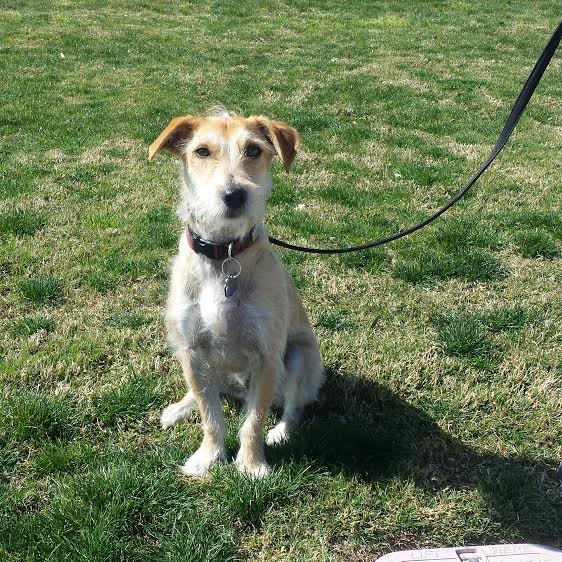
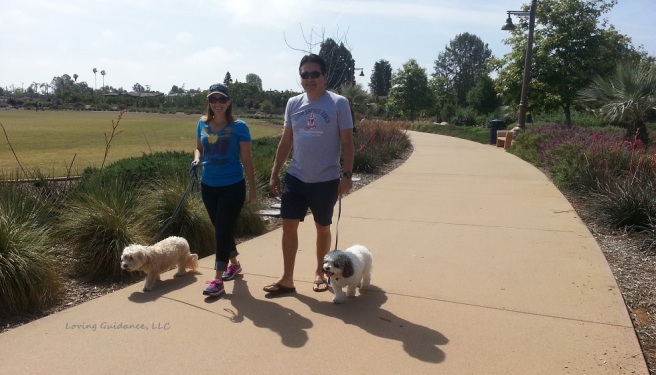
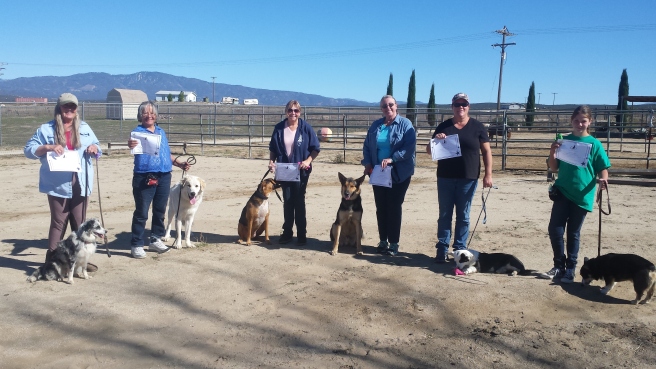



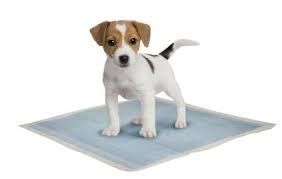
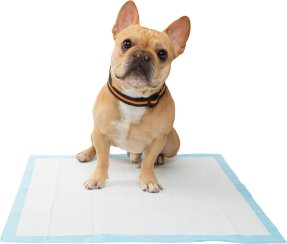 If your puppy has accidents, and you catch them in the act, startle them with a loud noise and carry them over to the pad to finish their business.
If your puppy has accidents, and you catch them in the act, startle them with a loud noise and carry them over to the pad to finish their business.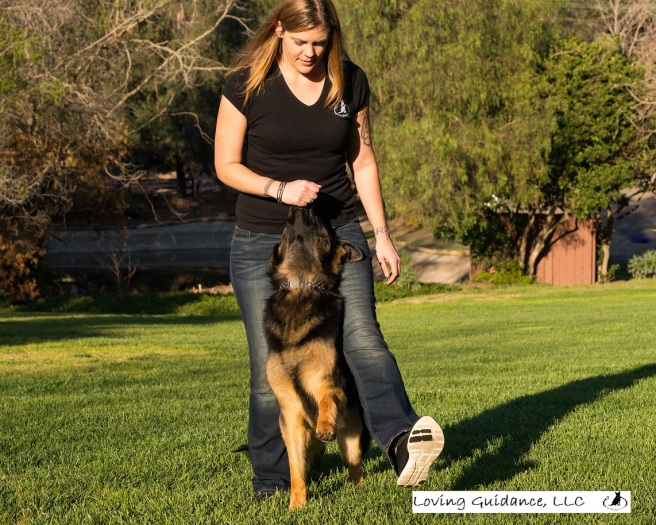
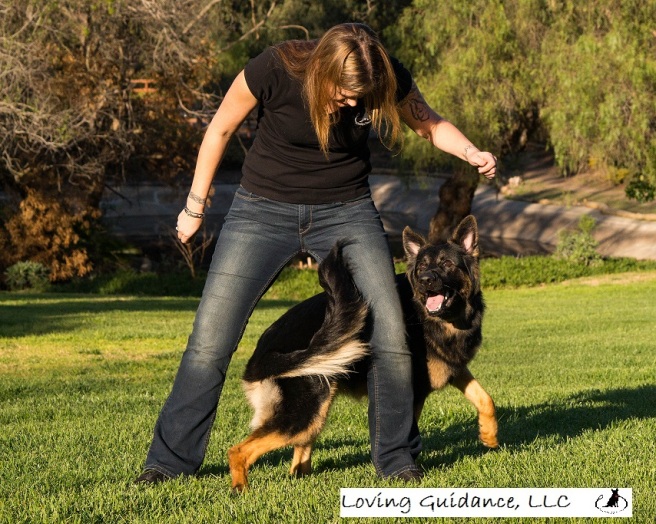
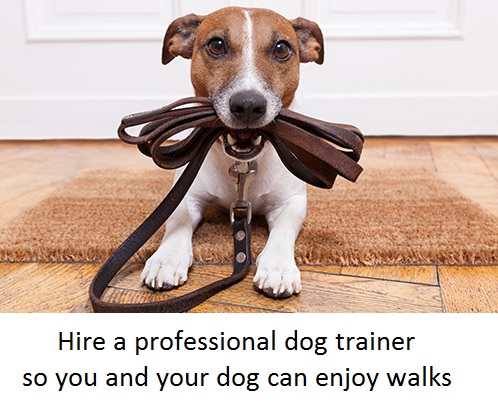
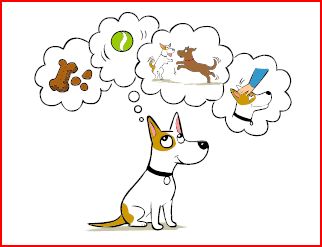
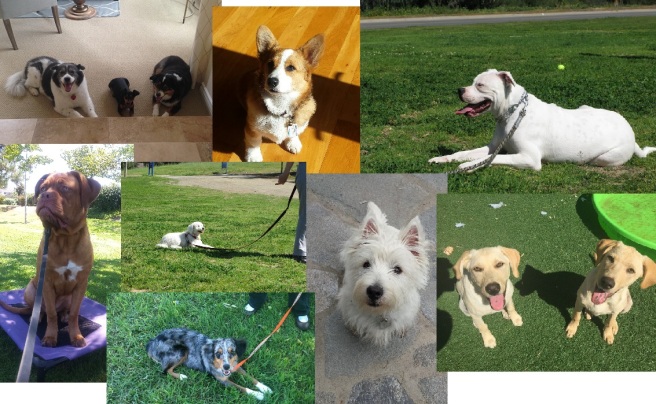
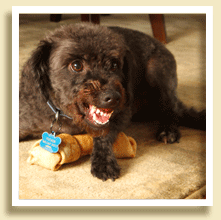 control. Any time I sign on a new client who has a dog who is growling at them when they try to sit on the couch, walk near their food bowl when they are eating, snap at them for trying to take an object away, etc., I always tell each and every one of them NILF must be started immediately. This is for everyone’s safety. At this point I believe your dog has lost their “freedom” and must now earn everything they want. They no longer respect you or your possessions therefor they must go back to NILF and earn every resource they want by doing something. They must respect you and stay out of your space. They must do everything you ask them, and in return, as you start to see their behavior changing, you can reward them with higher valued items. In the end, everyone wins! Your dog listens to you making your house copacetic again and your dog gets what he wants, all by everyone understand the rule of boundaries set by NILF.
control. Any time I sign on a new client who has a dog who is growling at them when they try to sit on the couch, walk near their food bowl when they are eating, snap at them for trying to take an object away, etc., I always tell each and every one of them NILF must be started immediately. This is for everyone’s safety. At this point I believe your dog has lost their “freedom” and must now earn everything they want. They no longer respect you or your possessions therefor they must go back to NILF and earn every resource they want by doing something. They must respect you and stay out of your space. They must do everything you ask them, and in return, as you start to see their behavior changing, you can reward them with higher valued items. In the end, everyone wins! Your dog listens to you making your house copacetic again and your dog gets what he wants, all by everyone understand the rule of boundaries set by NILF.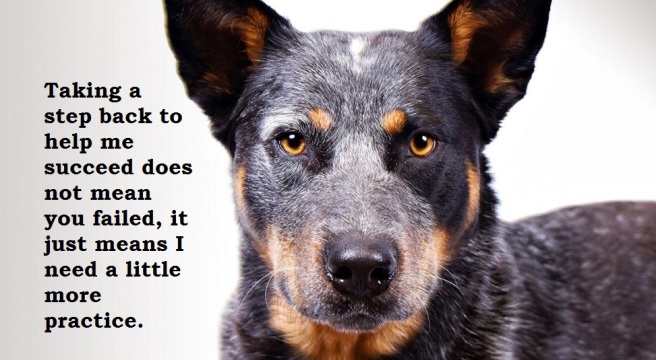



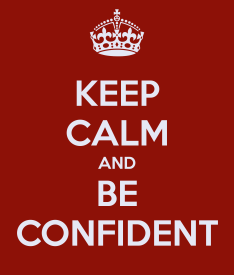
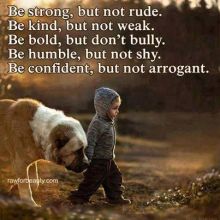 If you are not confident that you are doing the right thing for your dog, whether that be your worry of your timing for their reward, that you are not being clear enough or you are not doing it right, or being too mean, all these will affect the way you interact with your dog leading you down the path of self destruction. When I train a dog, whether it be my own or a clients’, I make sure that I feel wholeheartedly that I am doing the right thing and I am confident with my request for the dog, whether it be asking them to do something new or correcting them for a wrong behavior.
If you are not confident that you are doing the right thing for your dog, whether that be your worry of your timing for their reward, that you are not being clear enough or you are not doing it right, or being too mean, all these will affect the way you interact with your dog leading you down the path of self destruction. When I train a dog, whether it be my own or a clients’, I make sure that I feel wholeheartedly that I am doing the right thing and I am confident with my request for the dog, whether it be asking them to do something new or correcting them for a wrong behavior.


